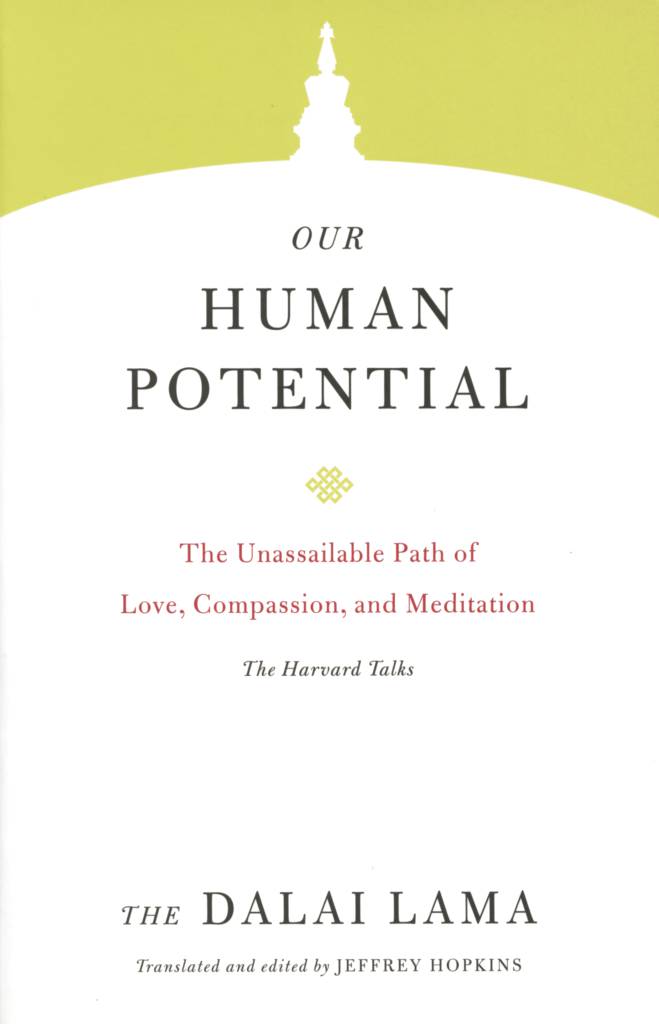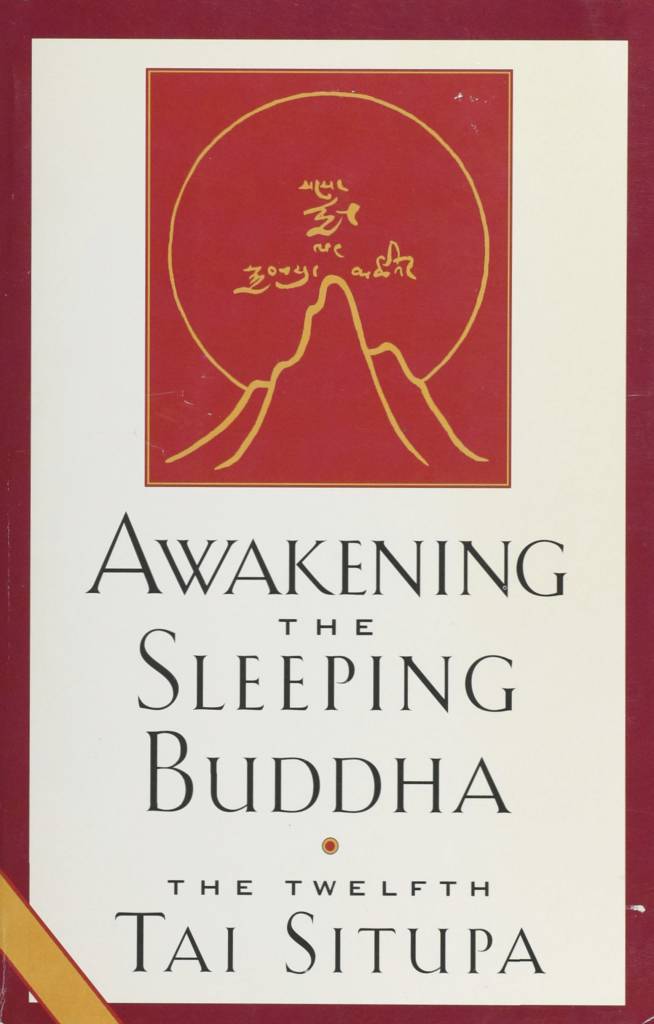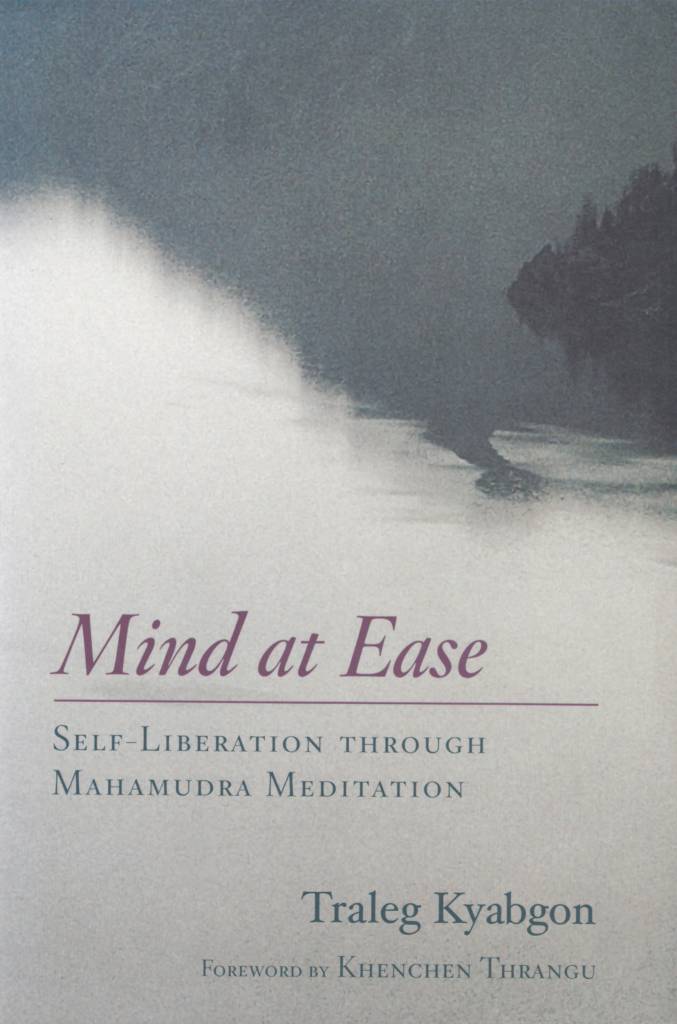Contemporary Masters on Buddha-Nature
Contemporary Expressions of Buddha-Nature
Watch & Learn
From the Masters
Dilgo Khyentse Tashi Paljor
As you progress through these three steps, spiritual qualities will naturally arise, and you will see the truth of the teachings. Those qualities will bloom spontaneously because the buddha nature within you is being revealed. The buddha nature, or tathagatagarbha, is present in all beings, but is hidden by obscurations, in the same way that buried gold is hidden by the earth under which it lies. As you listen to, reflect, and meditate on the Dharma, all the inherent qualities of your buddha nature will be actualized.~ Khyentse, Dilgo. The Heart of Compassion: Instructions on Ngulchu Thogme's Thirty-Sevenfold Practice of a Bodhisattva. Translated by Matthieu Ricard and edited by John Canti (Padmakara Translation Group). New Delhi: Shechen Publications, 2006, p. 58.
Dudjom Jikdral Yeshe Dorje
In the mind of everyone, of every living, sentient being, there is a fundamental nature or ground, the so-called sugatagarbha. This is the seed of Samantabhadra, the seed of buddhahood. Although this is something we all have, we do not recognize it. It is unknown to us. This ground, which is our spontaneous awareness, has been with us "from the beginning." It is like a mirror. When someone with a happy face looks in a mirror, the reflection of a happy face appears. When someone with a sad face looks into it, a sad face appears. The primordial ground is just like a mirror.
The reflection of a person with a happy face looking into a perfectly clear mirror, the primordial ground, is like Samantabhadra, who awoke to his ultimate nature. Samantabhadra, it is said, "captured the citadel of the primordial ground, awoke, recognized his own nature, and was free." But we ordinary beings fail to recognize this nature, the mirrorlike primordial ground. For us, the situation is like someone with a downcast face looking into the mirror: a sad reflection appears!~ Dudjom Rinpoche (bdud 'joms 'jigs bral ye shes rdo rje). Counsels from My Heart. Translated by Wulstan Fletcher and Helena Blankleder (Padmakara Translation Group). Boston: Shambhala Publications, 2003, pp. 17–18.
Chögyam Trungpa Rinpoche
When you have completely accomplished the shamatha-vipashyana practice, you have a sense of reward. You experience joy in the possibility of buddha nature, but you may still feel skeptical. Although you begin to feel that buddha nature is a possibility, you think the whole thing may be a hoax. You begin to doubt the teachings. The idea that you already have a built-in buddha in you is something that you cannot quite imagine. It seems to be too good to be true, and you begin to feel that maybe it is not true. You think that the whole thing may be a big put-on, a big joke, a lie.
The birth of mahayana spirit begins with a combination of distrust and the possibility of good news. It is a very powerful emotional experience, a sweet-sour feeling. That quality of joy and delight is wisdom, or jnana, and the doubt or distrust is compassion. Doubt and compassion are both very direct. Compassion is somewhat more spacious, but the pain of doubt and compassion is the same. There is a sense of something touching your heart, and it is painful.
At this point, you have the possibility of wisdom and compassion, but they are not completely finalized. It is like a fetus whose limbs are not quite formed. It is as though you are pregnant with buddha nature: you realize that something is happening even before the baby begins to kick. However, this pregnancy is different from ordinary pregnancy. Unlike a fetus, buddha nature is not a foreign body, it is a part of your whole being. You cannot have an abortion because it is too powerful to get rid of. You have to accept the whole thing.~ Trungpa, Chögyam, and Judith L. Lief. The Profound Treasury of the Ocean of Dharma. Vol. 2, The Bodhisattva Path of Wisdom and Compassion. Boston: Shambhala Publications, 2013, pp. 22–23.
Tulku Urgyen Rinpoche
If you believe there is a thing called mind, it is just a thought. If you believe there is no thing called mind, it’s just another thought. Your natural state, free of any kind of thought about it—that is buddha-nature. In ordinary sentient beings, this natural state is carried away by thinking, caught up in thought. Involvement in thinking is like a heavy chain that weighs you down. Now it is time to be free from that chain. The moment you shatter the chain of thinking, you are free from the three realms of samsara.
[...]
Our enlightened essence, the buddha-nature, is like the sun itself, present as our very nature. Its reflection can be compared to our thoughts—all our plans, our memories, our attachments, our anger, our closed-mindedness, and so on. One thought arises after the other, one movement of mind occurs after the other, just like one reflection after another appears. If you control this one sun in the sky, don’t you automatically control all its reflections in various ponds of water in the whole world? Why pay attention to all the different reflections? Instead of circling endlessly in samsara, recognise the one sun. If you recognise the nature of your mind, the buddha-nature, that is sufficient.~ Urgyen Rinpoche, Tulku. "Existence and Nonexistence: Teachings on Dzogchen." Lion's Roar Magazine, March 1, 2000.
Lama Tharchin Rinpoche
We are sentient beings. This means that our mind's fundamentally confused. Still at the essence level, we are buddhas because our essence is the buddha-nature which is always free of causes and conditions. Our buddha-nature can never be dissected into many parts and it cannot be said to be singular. It is beyond singularity and plurality. It is uncompounded like the sky and never changes. Therefore, there is no way for suffering to arise within the experience of the buddha-nature.
[...]
The solution is to realize our buddha-nature, the esence of our mind, the undeluded state that never leaves us even for a single moment. But, even though we can understand that this is the solution, we still have a problem because our confused mind cannot recognize our buddha-nature. And why is that? It's simply because confused mind doesn't believe in buddha-nature. It believes in itself, in its own power, and in the power of circumstances. If it tries to see the buddha-nature, it says do it this way, don't do it that way; this is right, this is wrong. Using this approach, no matter how hard confused mind tries to see the buddha-nature, it never will because it is fundamentally confused and deluded. Of course, confused mind can create temporary happiness and success but that will, sooner or later, become suffering. So, to solve the problem, what must be identified, one way or the other, is the unchangeable, uncompounded buddha-nature, the essence of deluded mind.~ Tharchin, Lama. "Guru Yoga in the Foundational Practices." Translated by Lama Ngawang Zangpo. Austin, Texas, 2009.
Chökyi Nyima Rinpoche
One should first recognize the Buddha-Nature, then train in it, and finally attain stability. In order to recognize the Buddha-Nature, we must identify exactly what is preventing us from realizing it now and what needs to be cleared away - all the passing stains of confusion. Where did these passing stains come from? The ground itself, the Buddha-Nature, is without impurity or confusion, but the temporary defilements, the stains of confusion, result from not having recognized the state of the ground.~ Ray, Reginald A. The Tibetan Buddhism Reader. Boston: Shambhala Publications, 2004, p. 128.
Thrangu Rinpoche
When the Buddha taught that sentient beings possess the sugatagarbha, it was not solely for the purpose of encouraging us to practice. He was simply stating the truth. Through understanding our real condition, how things truly are, we can then develop the perseverance and fortitude to complete our journey along the path.~ Thrangu Rinpoche. Buddha Nature: Ten Teachings on the Uttara Tantra Shastra. Translated by Erik Pema Kunsang. Edited by S. Lhamo. Hong Kong: Rangjung Yeshe, 1988, p. 57.
Dzongsar Khyentse
When we talk about emptiness, something beyond fabrication, we immediately think of a state of being that has no function, like a couch potato or piece of stone, but that is absolutely not correct. It is not merely a negation, elimination, or denial. It is not like the exhaustion of a fire or the evaporation of water. It is full of function, and we call this function buddha activity, which is one aspect of buddhanature. This buddhanature has an aspect of uninterrupted wisdom. This is the difficulty, because as soon as we talk about wisdom, we think in terms of cognition and the senses and their sense objects. We are curious about how a buddha perceives things. But although buddhanature is seemingly a cognizer, it has no object, and therefore it cannot be a subject. Furthermore, it’s not inanimate, nor is it animate, in the sense of mind. This is why the Uttaratantra Shastra is really complementary to the Mahasandhi (Dzogchen) teachings, which always say that mind and wisdom are separate—the dualistic mind of subject and object is separate from the nondual wisdom, which is not other than buddhanature.~ Khyentse, Dzongsar. "Spotless from the Start." Buddhadharma: The Practitioner's Quarterly, December 1, 2008.
Matthieu Ricard
"Pure vision," the extraordinary outlook of the Vajrayana or Adamantine Vehicle, is to recognize Buddha-nature in all sentient beings and to see primordial purity and perfection in all phenomena. Every sentient being is endowed with the essence of Buddhahood, just as oil pervades every sesame seed. Ignorance is nothing more than lack of awareness of this very Buddha-nature, as when a pauper does not see the golden pot buried beneath his own hut. The spiritual path is thus a rediscovery of this forgotten nature, just as one sees again the immutable brilliance of the sun once the clouds that were masking it have been blown away.~ Ricard, Matthieu, Jakob Leschly, Erik Schmidt, Marilyn Silverstone, and Lodrö Palmo, trans. The Life of Shabkar: The Autobiography of a Tibetan Yogin. By Shabkar Tsokdruk Rangdrol (zhabs dkar tshogs drug rang grol). Edited by Constance Wilkinson, with Michal Abrams and other members of the Padmakara Translation Group. Ithaca, NY: Snow Lion Publications, 2001, translator's introduction, p. xvii.
Further Readings
Book: Our Human Potential
What is nirvana? The basis due to which it is possible to attain nirvana is called the Buddha nature, or the naturally abiding lineage.The individual systems of Buddhist tenets have different interpretations of what the Buddha nature is; thus, there come to be many Buddha natures in terms of their level of subtlety.
Book: Awakening the Sleeping Buddha
We begin at the beginning with buddha nature, because that is the most important concept to understand. Then, for the Mahayanist, comes bodhichitta. How the recognition of buddha nature is accomplished and the field in which we learn to practice bodhichitta is dealt with in a discussion of reincarnation and karma.
Book: Path to Buddhahood: Teachings on Gampopa's Jewel Ornament of Liberation
The seed refers to our buddha nature. We can attain enlightenment because we already possess the nature of a buddha. All living beings have this buddha nature. One might wonder how we know this. Traditionally we are presented with three distinct types of evidence.
Book: Mind at Ease
We come now to a discussion of ground Mahamudra and some of the more philosophical elements of Mahamudra meditation. The notion of the ground-also called the basis-is a key concept for Mahayana and later forms of Buddhism. Ground of being refers to the Mahamudra itself, or to our true nature, our authentic state of being. In Mahayana Buddhism, this ground is also known as buddha-nature. I will begin with this more widely known concept from the perspective of the exoteric approach and then proceed to link the idea of buddha-nature to the mystical notion of the ground of being, or ground Mahamudra.



